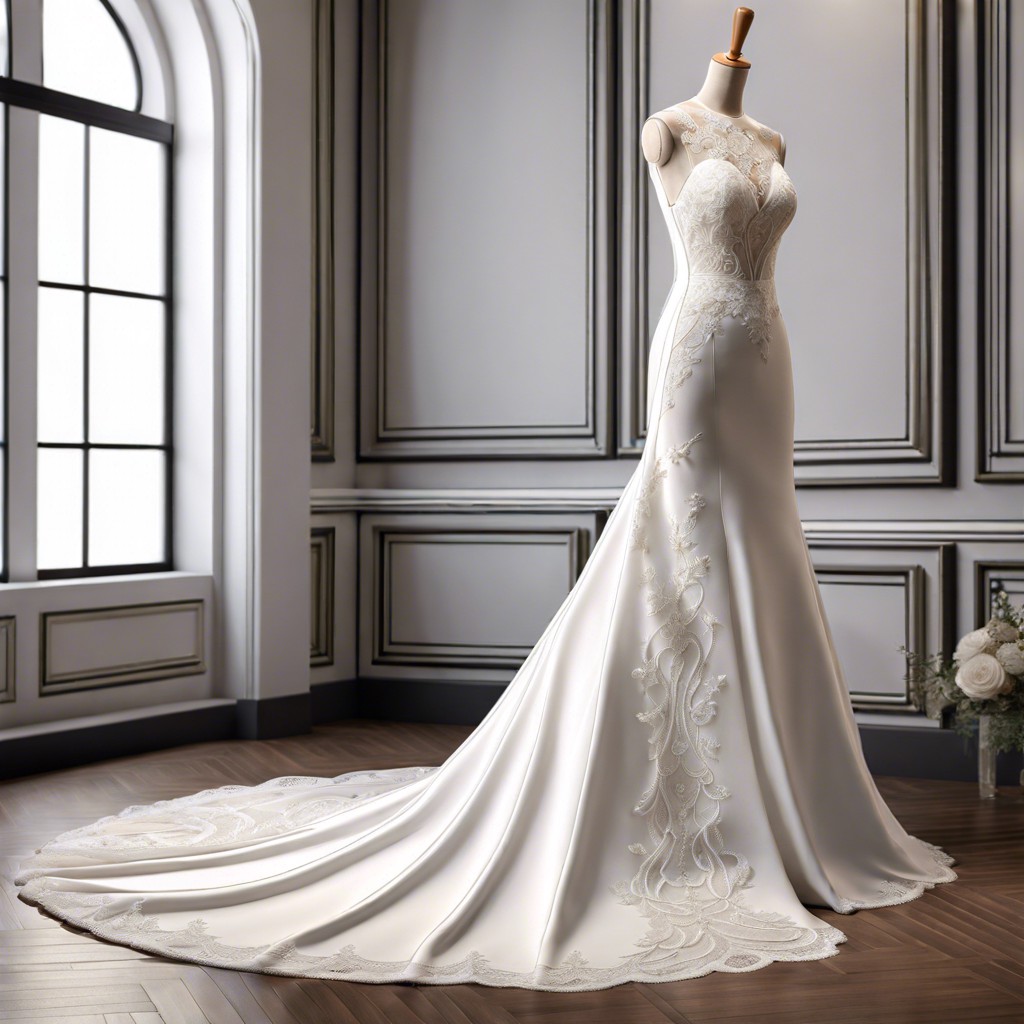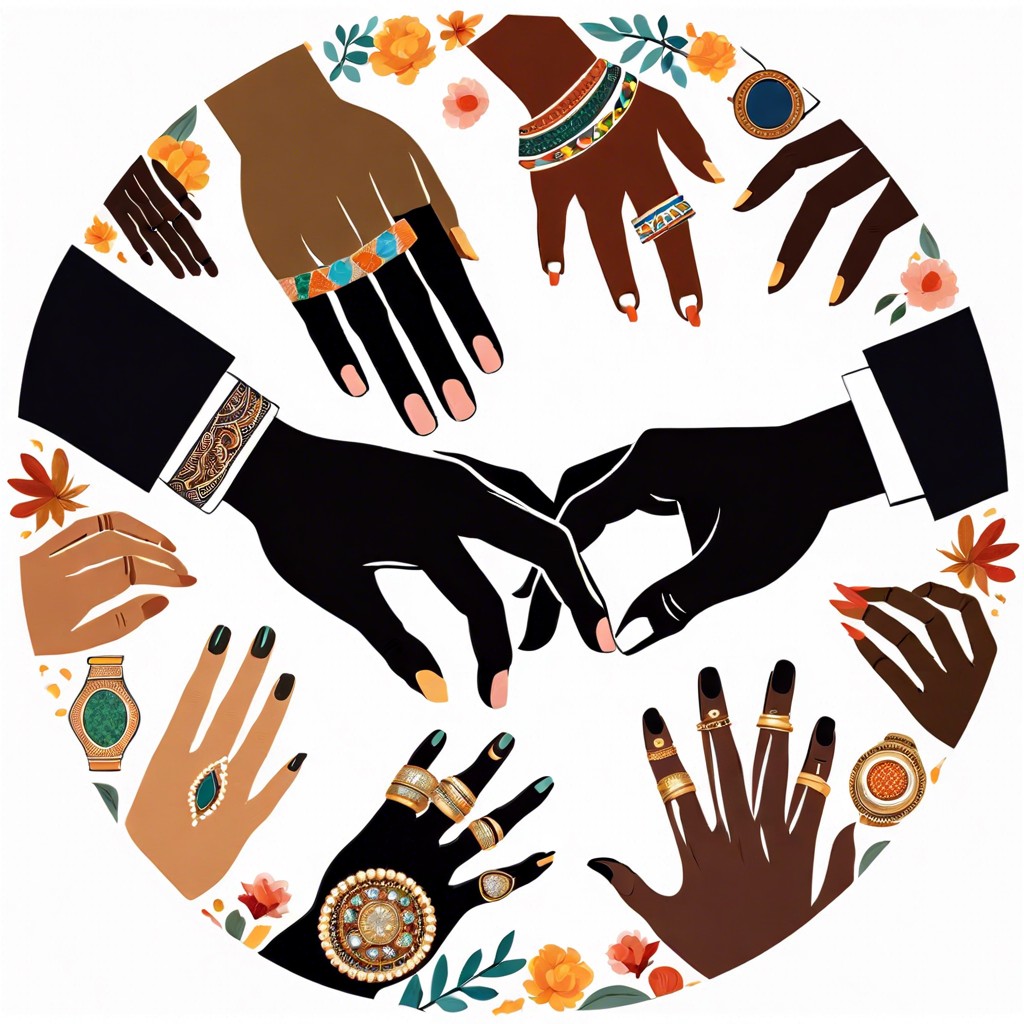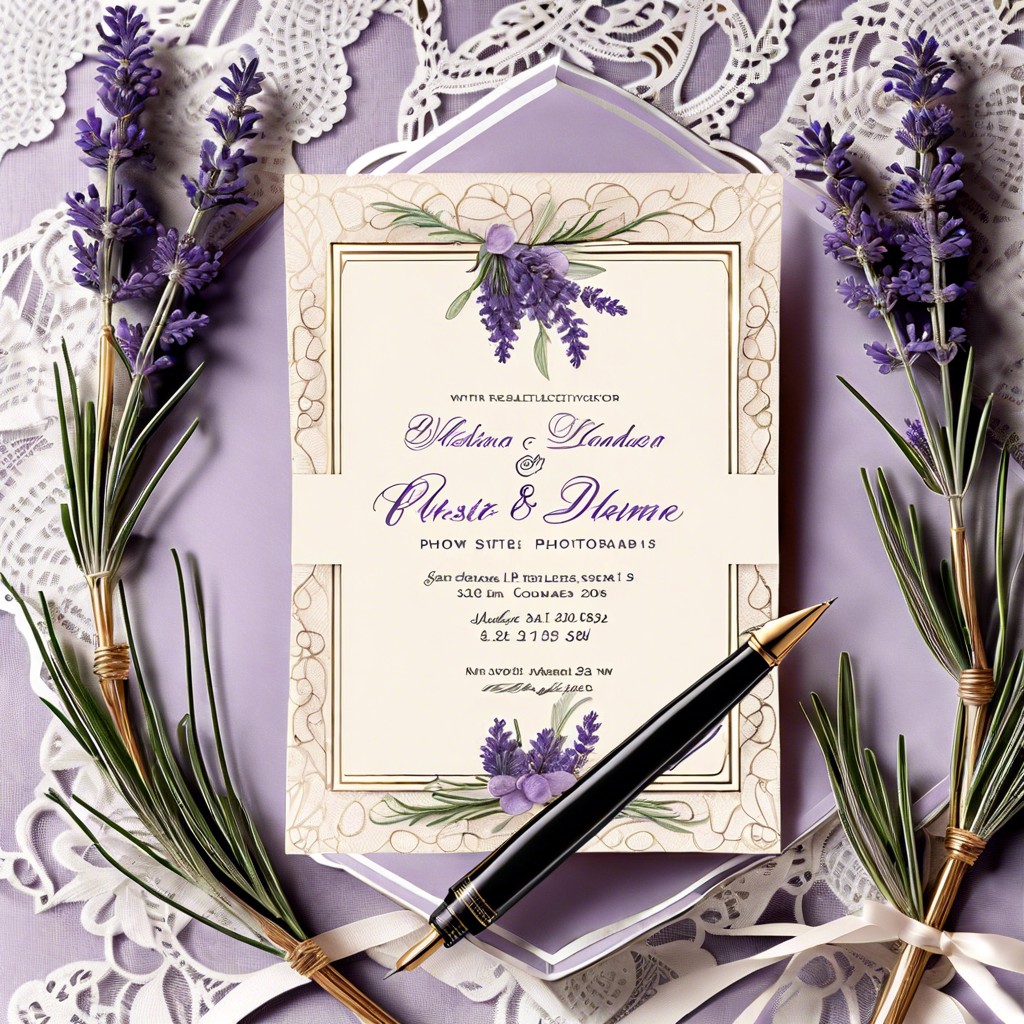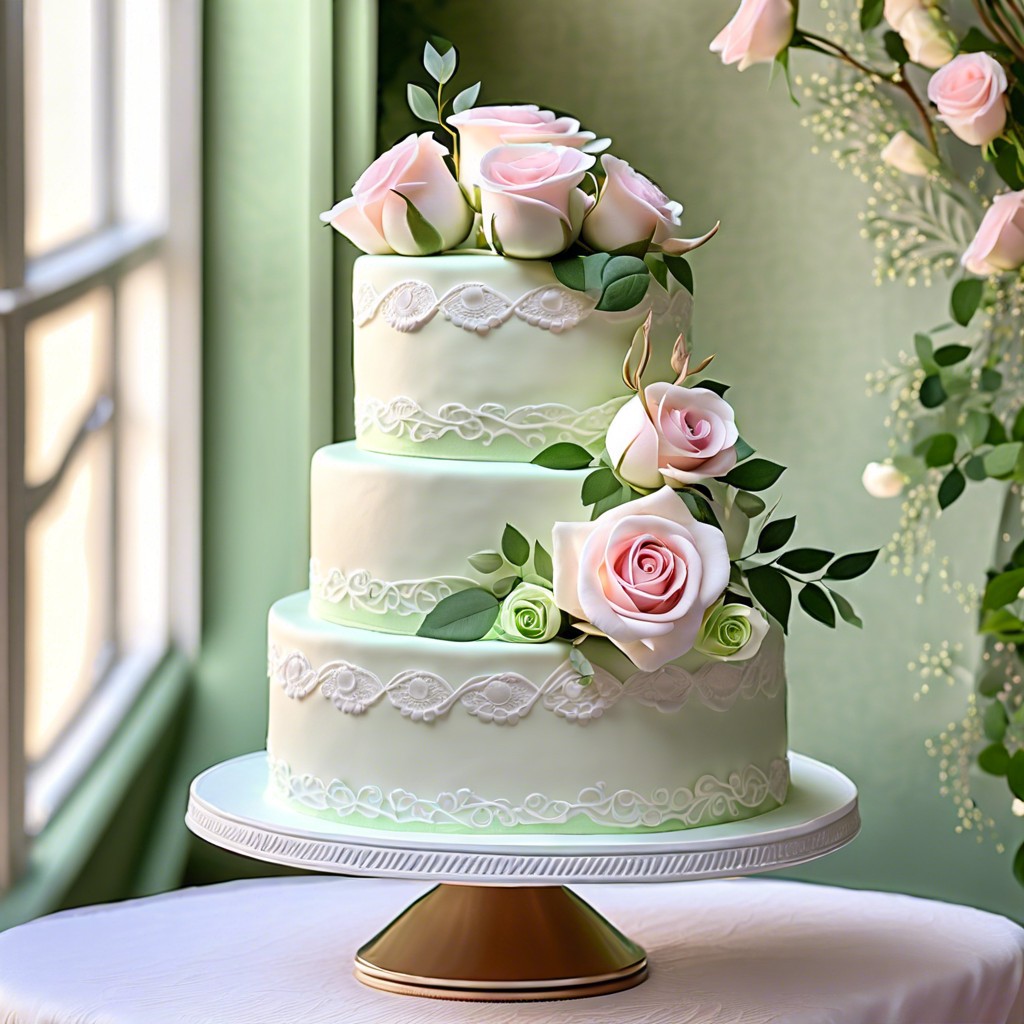Discover what factors contribute to the average cost of a wedding dress and how to budget for your perfect gown.
Key takeaways:
- Average cost of a wedding dress is around ,800.
- Factors affecting cost include fabric, designer, embellishments, and accessories.
- Luxurious materials like silk and lace drive up the price.
- Well-known designers come with a premium, but emerging designers offer affordable options.
- Hand-sewn embellishments and unique patterns increase the cost.
What Is the Average Wedding Dress Cost in 2023?

Expect to allocate a portion of your wedding budget to the gown, with the average cost hovering around $1,800. This figure can sway depending on several factors, such as location, brand, and customizations. While designer labels can command prices upwards of $4,000, know that options abound for every budget. It’s worth noting that the quoted average includes both off-the-rack purchases and dresses from high-end boutiques. Brides keen on cost-efficiency can explore pre-loved dresses or sample sales, potentially dipping the price to under $1,000. Keep an open mind and research to find that dream dress that aligns with your financial comfort zone.
Four Factors That Affect the Cost of a Wedding Dress
Fabric and materials stand as a cornerstone in determining the price. Luxurious materials like silk, satin, and lace typically drive up the cost due to their quality and delicacy. While opting for synthetic fabrics can often result in savings without compromising the dress’s aesthetic.
Designers play a pivotal role in cost. High-end and well-known designers come with a premium, reflecting their reputation and the exclusivity of their designs. However, there are countless talented up-and-coming designers who create stunning gowns at a fraction of the cost.
Embellishments add a sparkle of uniqueness to a dress but can also add to the final tab. Hand-sewn beads, sequins, or crystals, as well as intricate lace patterns, are often handcrafted, resulting in increased labor costs.
Accessories should not be overlooked when budgeting. These include veils, belts, and undergarments that complement the dress. While they enhance the overall look, they can accumulate a notable sum, so consider which accessories are must-haves versus nice-to-haves.
Fabric and Materials
Choosing the right fabric for your wedding dress will significantly impact both the look and the cost. High-quality materials like silk, satin, and charmeuse are on the upper end of the price spectrum due to their exquisite feel and elegant flow. For more budget-friendly options without sacrificing beauty, consider organza, tulle, or chiffon, which offer softness and delicacy at a lower price point.
The complexity of fabric weaving also plays a role. Lace, for instance, can vary widely in price depending on its intricacy and the method of production—handmade lace will be considerably more expensive than machine-made. Embroidered fabrics add a luxurious touch but also increase the overall cost due to the additional time and skill required to craft them.
It’s also important to factor in the amount of fabric used. Fuller skirts and longer trains require more material, which can hike up the price. A-line or sheath dresses will typically be less costly in terms of fabric usage compared to ball gowns or elaborate designs with multiple layers.
Remember to balance your desire for a dream dress with the practicality of your budget, and explore a range of materials to find the one that meets your vision and wallet.
The Designer
Opting for a gown crafted by a well-known designer typically increases the price due to brand prestige and the level of craftsmanship. High-end designers often use more expensive materials and intricate techniques, which are factored into the final cost. These dresses often feature custom designs or limited-edition styles, adding to their exclusivity and price tag.
Emerging designers may offer more affordable alternatives without compromising style or quality. They often provide a fresher aesthetic that can appeal to modern brides looking for something unique yet budget-friendly.
Remember, the reputation and experience of a designer can significantly influence the cost. Designers with years of success and high-profile clientele often charge more for their creations compared to less established names in the industry.
Lastly, seeking out trunk shows or sample sales is a smart way to purchase designer dresses at a reduced price. These events often feature last season’s styles or samples that are no longer in circulation at a fraction of the original cost.
Embellishments
Embellishments play a significant role in the overall price of a wedding gown. Details such as hand-sewn lace, beading, and sequins can quickly increase the cost due to the meticulous labor involved. Different types of lace – Chantilly, Alençon, or Guipure, for instance – affect the price differently, with handcrafted lace generally being the premium option.
Beading and sequins can add a touch of glamour to a dress, but bear in mind that the more intricate the beadwork, the higher the cost. Custom embellishments or designer-specific patterns will also drive up expenses, as they are often unique to that designer’s collection and require careful application.
Remember that while these details make a dress more impressive, they can also make alterations more complicated and costly. If considering a heavily embellished dress, plan your budget to include potential alteration fees to ensure a perfect fit.
Consider the visual impact these embellishments provide against their cost. Sometimes less can be more, both aesthetically and financially. Often, a dress with well-placed details can be just as striking as one covered in adornments.



